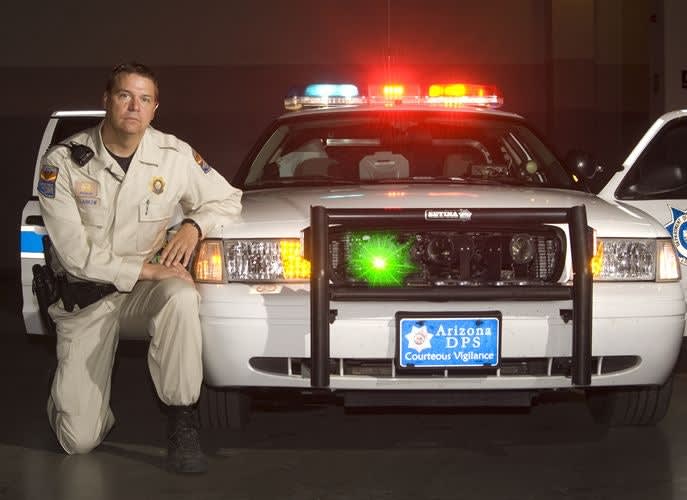This data is leading the nation's 17,000 police departments to lean toward more restrictive pursuit policies. The
Milwaukee Police Department
, for example, revised its pursuit policy effective March 30 to require additional proceedures for the officer initiating pursuit.
The initiating officer must now provide regular updates to the dispatcher; a field supervisor/higher authority must acknowledge he/she is monitoring the pursuit; seatbelts must be worn at all times; and motor officers may only pursue until a marked patrol unit can take over.
Instead of a written "no pursuit" policy, departments usually impose stringent restrictions can often create such a climate. The LAPD's
Chief Charlie Beck
says these restrictions on pursuits improve officer safety.
"I'm going to give officers the tools they need, but it is also my job to make sure they're safe," Beck told POLICE Magazine. "And that when they use these tools through excitement or adrenaline rush, they don't use them at a time when they won't be effective or may create a greater danger than already exists."
Departments that reign in pursuits risk allowing suspects to escape, but there is a third way. Late last year, the Arizona Department of Public Safety (DPS) began using the
StarChase
pursuit management system by Advanced Public Safety.












